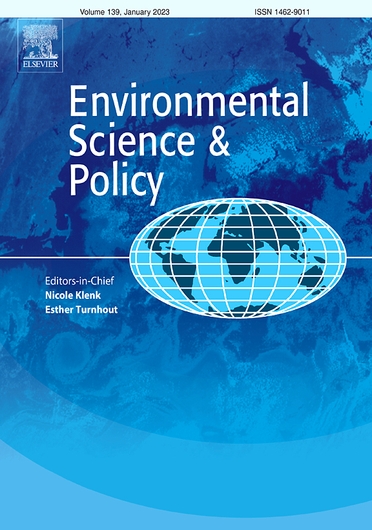A multicriteria analysis of groundwater development pathways in three river basins in Sub-Saharan Africa
Abstract
Reliance on groundwater in Sub-Saharan Africa is growing and expected to rise as surface water resource variability increases under climate change. Major questions remain about how groundwater will be used, and who informs these decisions. We represent different visions of groundwater use by ‘pathways’: politically and environmentally embedded socio-technological regimes for governing and managing groundwater systems. We presented policy actors (9 sets), development and research stakeholders (4 sets), and water users (6 sets) in three river basins in Ethiopia, Niger and Tanzania with information on the social and environmental impacts of six ‘Groundwater Development Pathways’, before gathering their opinions on each, through Multicriteria Mapping (MCM). Participants preferred pathways of low-intensity use, incorporating multiple agricultural, pastoral and domestic purposes, to high-intensity single-use pathways. Water availability and environmental sustainability, including water quality, were central concerns. Participants recognised that all groundwater uses potentially impinge upon one another affecting both the quantity and quality of abstracted water. Across participant groups there was ambiguity about what the most important water use was; each expressed demands for more detailed, certain modelling data. Water users preferred community or municipal-scale management regimes, perceiving that water quality was more likely to be safeguarded by institutions at these levels, whereas policy and development actors preferred individual-scale management, viewed as more efficient in terms of operation and maintenance. We conclude that MCM, combined with more detailed modelling, can provide an effective framework for policy actors to understand other stakeholders’ perspectives on groundwater development futures, enabling equitable, inclusive decision-making and governance.

